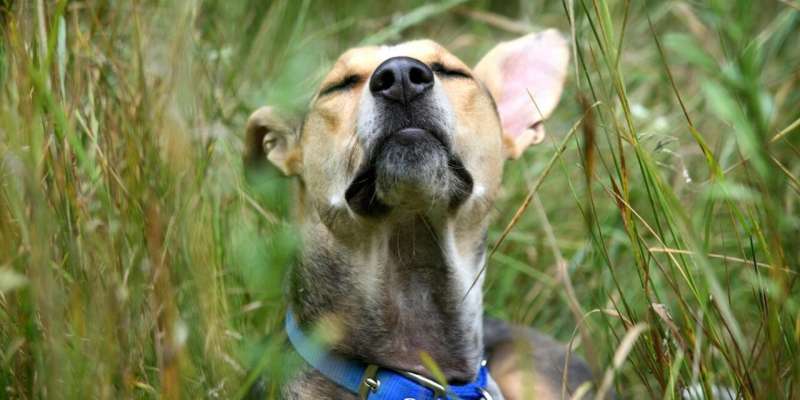A recent study by the University of Exeter emphasizes the importance of community involvement in managing urban green spaces to address the ongoing biodiversity crisis. The research indicates that local governments can significantly enhance biodiversity and public well-being by understanding how communities value and utilize these green areas.
Councils across the UK face increasing pressure to expand publicly accessible green spaces, which play a vital role in improving biodiversity and public health. The study, published in the journal People and Nature, outlines strategies for effective long-term stewardship of both new and existing urban green spaces.
Collaboration with Communities is Key
Fay Kahane from the University of Exeter highlighted the necessity of collaborative planning between local governments and communities. “To achieve effective stewardship of urban green spaces, it’s critical local governments plan collaboratively with communities,” she said. Kahane emphasized that stewardship should reflect local values, whether by maintaining well-tended flowerbeds or allowing for wilder, biodiverse areas.
The research identified potential quick wins, such as engaging with existing gardening groups. In more disadvantaged neighborhoods, however, financial investment becomes crucial. Kahane advocates for council-funded specialists, including ecologists, to facilitate community engagement and develop vibrant, biodiverse green spaces that enhance well-being.
The study presents a framework for local governments to future-proof urban green space planning through continuous investment, community engagement, and an understanding of local contexts.
Five Conditions for Successful Stewardship
The research identifies five critical conditions that influence successful stewardship of urban green spaces:
1. **Neighborhood Capacity**: This includes factors like deprivation levels and the presence of volunteer gardening groups.
2. **Landscape Quality**: Features such as mature trees and scenic views contribute to the overall appeal of green spaces.
3. **Resident/Government Relations**: Strong relationships are essential, particularly in areas with historical tensions.
4. **Sense of Place**: Emotional connections residents form with their green spaces can drive stewardship efforts.
5. **Financial Input**: The cost of enhancing green spaces significantly affects the success of stewardship initiatives.
The study also notes a shift in attitudes towards “tidy” versus “messy” urban nature. Creating visible “cues to care,” such as maintaining mowed paths while allowing for longer grass, can restore biodiversity and foster community pride.
Community Feedback and Insights
Loic Rich, a Cornwall Council cabinet member responsible for Environment and Climate Change, remarked, “This research reinforces what we see on the ground—green spaces thrive when they reflect the needs and values of the communities who use them.” He stressed that close collaboration with residents and long-term investment in stewardship can lead to resilient, biodiverse spaces that benefit both nature and community well-being.
The study involved research across 25 publicly accessible green spaces in nine towns in Cornwall. Employing a rigorous Qualitative Comparative Analysis (QCA), researchers conducted on-site interviews, online research, and biodiversity assessments. Each site was evaluated based on management practices, community action, inclusivity, and social and biodiversity gains.
Karen Hall, who organized volunteer gardening sessions at the Beacon site in Falmouth, expressed her commitment to preserving local green spaces. “Funding for open space management is often limited,” she said, “so I decided to set up the monthly volunteer sessions.” Hall noted that the initiative has been rewarding, leading to community engagement and the protection of vital habitats.
The findings from this study not only highlight the importance of community involvement in managing green spaces but also provide a roadmap for local governments to address the biodiversity crisis effectively.
More information on the study can be found in the publication “Enabling effective urban green space stewardship through planning: a Qualitative Comparative Analysis in Southwest England,” available in People and Nature.







